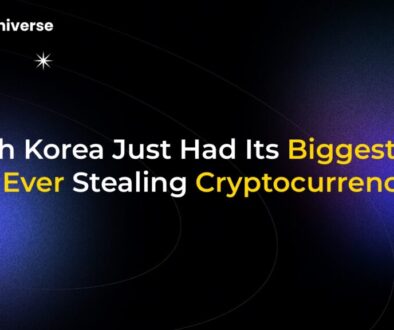Ethereum Whales and the Supply Squeeze Shaking Up Crypto Markets

The Unseen Current: Whales Are Draining Ethereum’s Supply
Beneath the turbulent surface of the daily crypto charts, a powerful undercurrent is forming. It’s not driven by retail traders or market noise, but by some of the largest players in the ecosystem: Ethereum whales. These large-scale holders are quietly and systematically accumulating ETH, creating the perfect storm for a massive supply squeeze that could redefine the market for months to come.
On-chain data reveals a startling trend: Ethereum is vanishing from exchanges at a record pace. This isn’t a sign of panic selling; it’s a calculated strategy by institutions, funds, and long-term believers who are moving their assets into cold storage and staking contracts. With supply dwindling and demand showing no signs of slowing, the stage is set for a potential price surge driven by simple, powerful economics.
Decoding the Supply Squeeze: What the Data Shows
A supply squeeze occurs when the available supply of an asset on the open market shrinks dramatically, while demand remains constant or increases. This scarcity can lead to a rapid increase in price as buyers compete for a smaller pool of available assets. For Ethereum, this isn’t just a theory—it’s happening right now, and the evidence is written on the blockchain.
1. Exchange Balances Hit Rock Bottom
One of the clearest indicators of a supply shock is the amount of ETH held on cryptocurrency exchanges. Recently, the total supply on exchanges dropped to a multi-year low of around 18.8 million ETH. When coins leave exchanges, it generally means they are being moved into wallets for long-term holding (“HODLing”) or for use in DeFi applications like staking. This shift from “weak hands” (short-term traders) to “strong hands” (long-term investors) removes liquid supply from the market, tightening the screws on availability.
2. The Staking Surge Locks Up Millions of ETH
The transition to a Proof-of-Stake consensus mechanism has been a game-changer for Ethereum’s tokenomics. Staking allows ETH holders to lock up their coins to help secure the network in exchange for rewards. This has proven incredibly popular, with staggering numbers to back it up:
- Nearly 30% of the total ETH supply is now staked, removing it from circulation for an extended period.
- The total amount of staked ETH has surpassed 36 million, a new all-time high.
Every coin that enters a staking contract is one less coin available to be sold on the market. As more investors choose to earn passive yield through staking, the circulating supply contracts even further, amplifying the effects of the squeeze.
3. Whales and Institutions Are Leading the Charge
This accumulation isn’t a retail-driven phenomenon. On-chain analysis shows that whales are absorbing Ethereum at a rate not seen since 2020. We’ve witnessed individual wallets accumulating over 100,000 ETH (worth hundreds of millions of dollars) in a matter of days. This is strategic positioning, not speculative trading.
Furthermore, the recent approval and launch of spot Ethereum ETFs have opened the floodgates for institutional capital. These funds are required to buy and hold actual ETH to back their shares, creating a consistent and significant source of new demand that further drains the available supply.
Market Implications: Volatility, Opportunity, and Risk
The effects of the Ethereum Whales and the
The Pain of Short Sellers
A rapid price increase fueled by a supply shock is a nightmare for anyone betting against the market. In recent weeks, we’ve seen over $11 million in short positions liquidated as Ethereum’s price surged. This forced buying from short sellers closing their positions can add fuel to the fire, causing a “short squeeze” that accelerates the upward price momentum even further.
A New Era for Web3 and DeFi
For Web3 startups and DAOs, this influx of institutional capital and long-term conviction is a double-edged sword. On one hand, it validates the ecosystem and can lead to greater participation in DeFi. On the other, the concentration of wealth among a few large whales raises concerns about centralization and potential liquidity constraints for smaller players needing to convert crypto to fiat.
As the landscape evolves, projects will need to think strategically about treasury management and multi-chain solutions to navigate potential bottlenecks and remain resilient.
Conclusion: Is a Parabolic Move on the Horizon?
The evidence is compelling. A confluence of factors—record-low exchange balances, an all-time high in staked ETH, and relentless accumulation by whales and institutions—is creating a profound supply squeeze for Ethereum. This isn’t a meme or wishful thinking; it’s a fundamental market shift backed by billions of dollars in smart money.
While no outcome is guaranteed in the volatile world of crypto, the current dynamics suggest that Ethereum is coiling up for a significant move. As the available supply continues to dry up, any significant catalyst or surge in demand could have an explosive effect on its price. Investors and builders alike are watching closely, because the next chapter for Ethereum may be its most dramatic yet.


